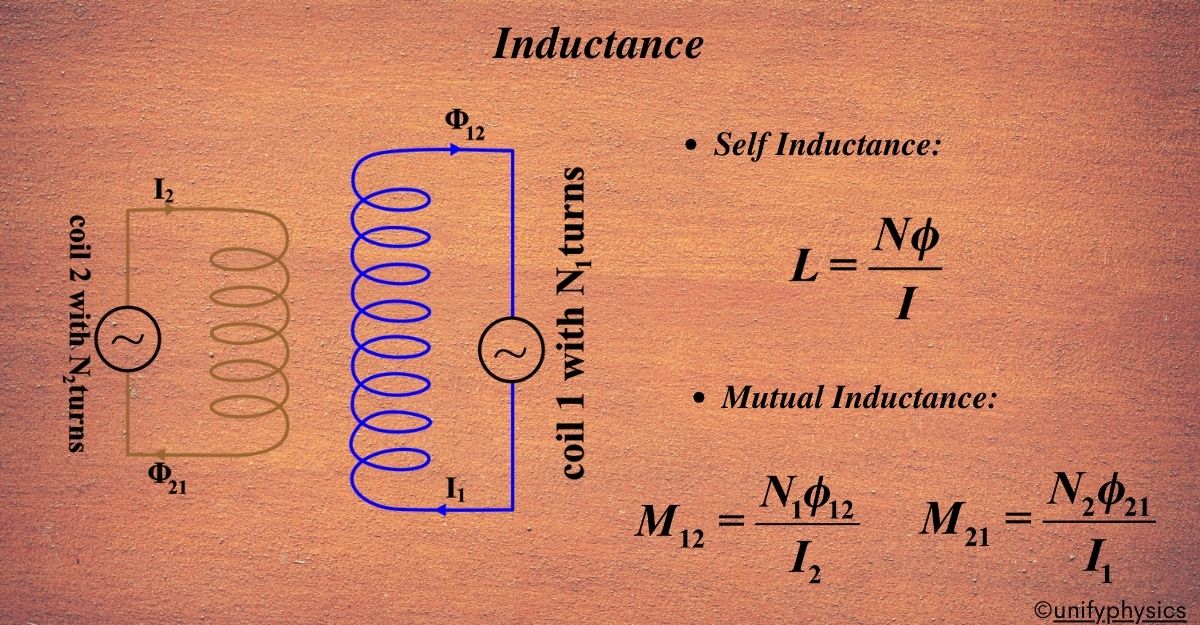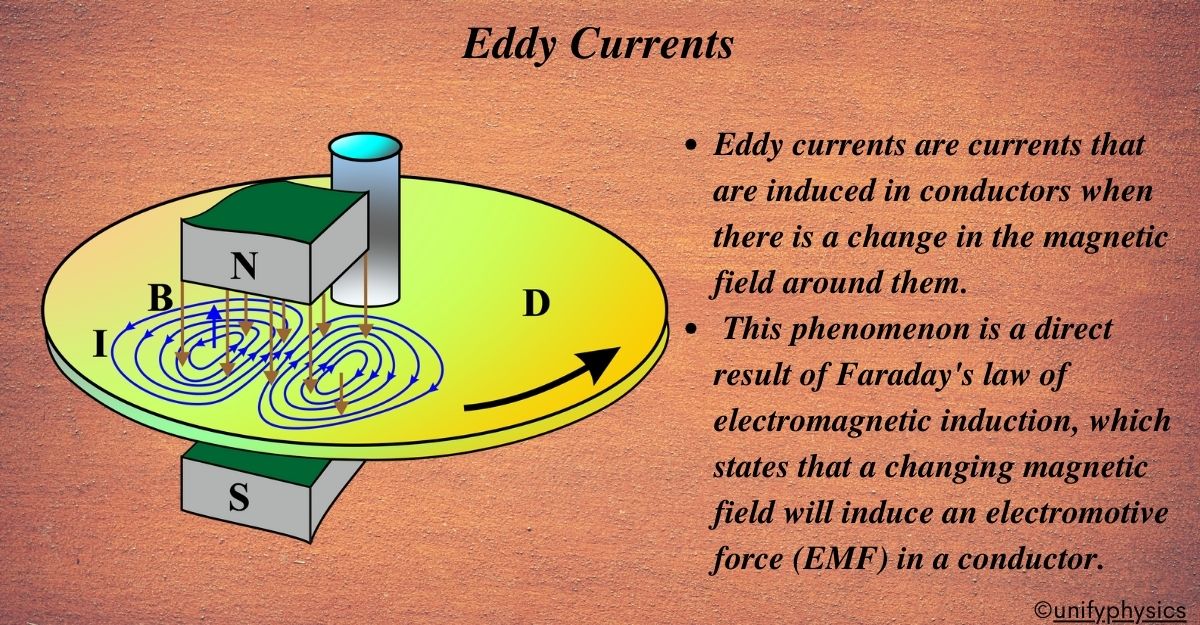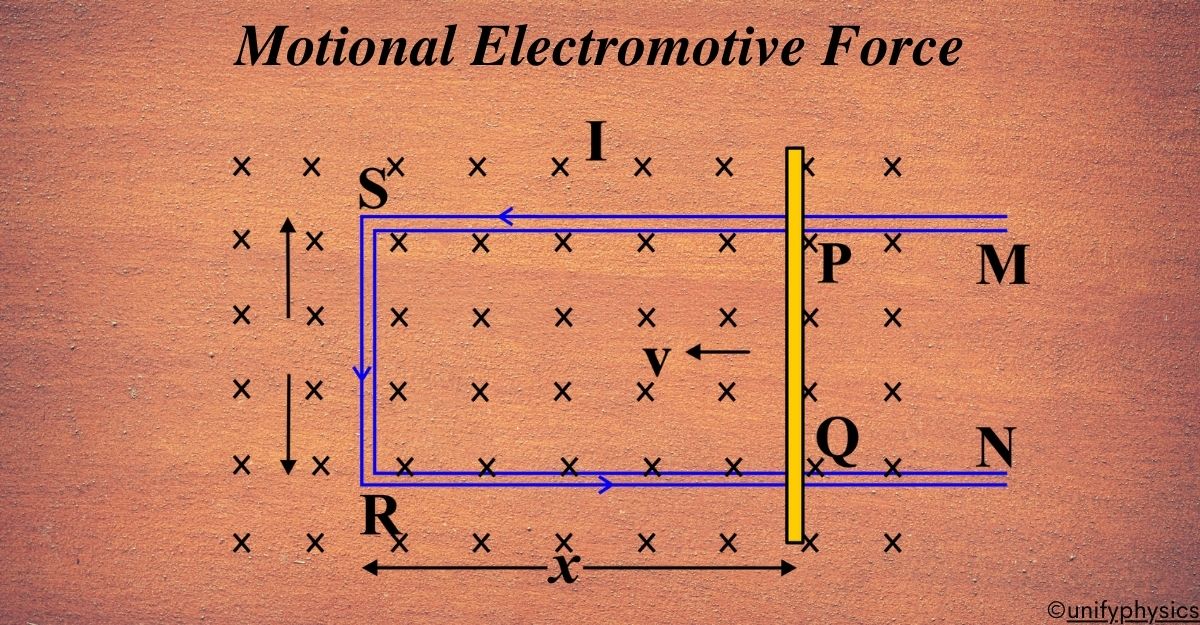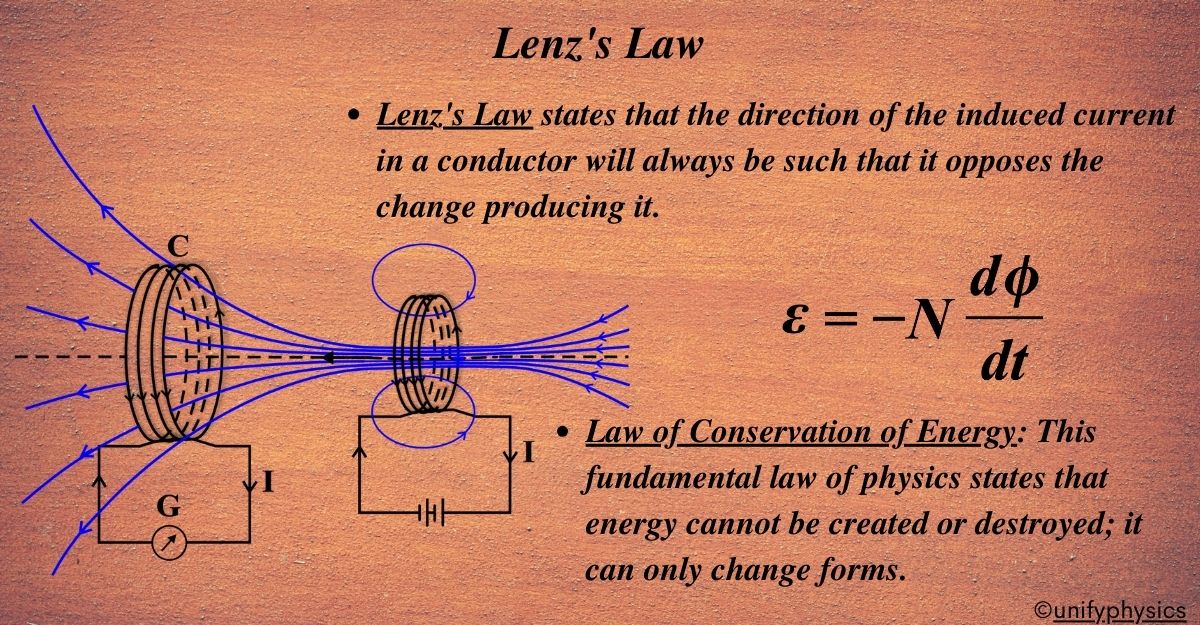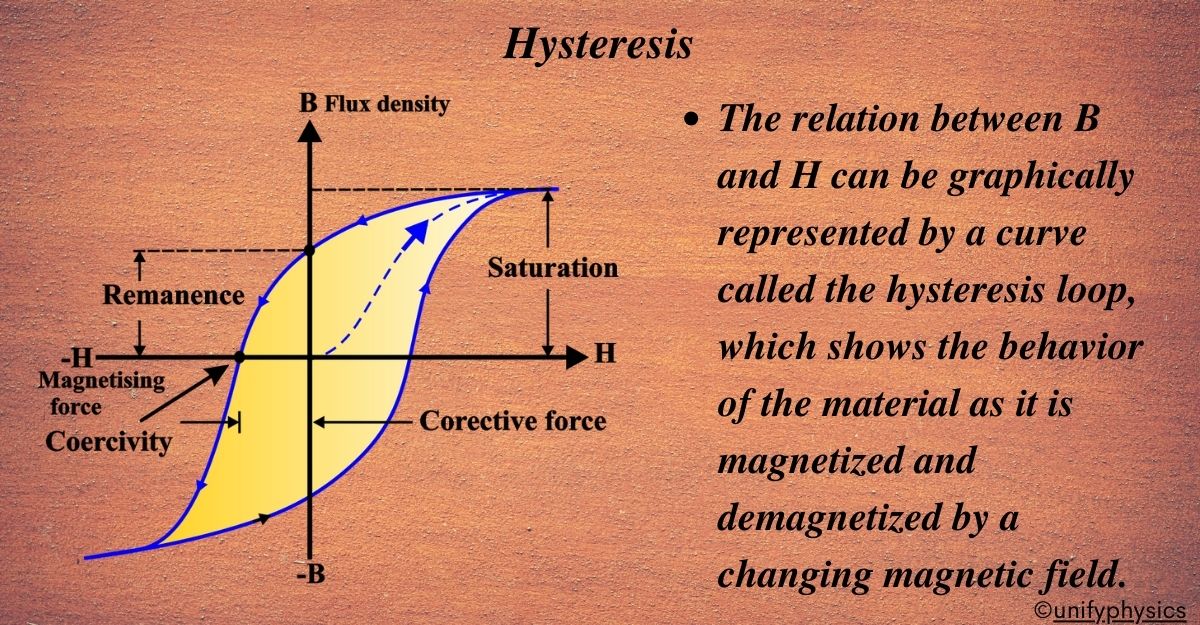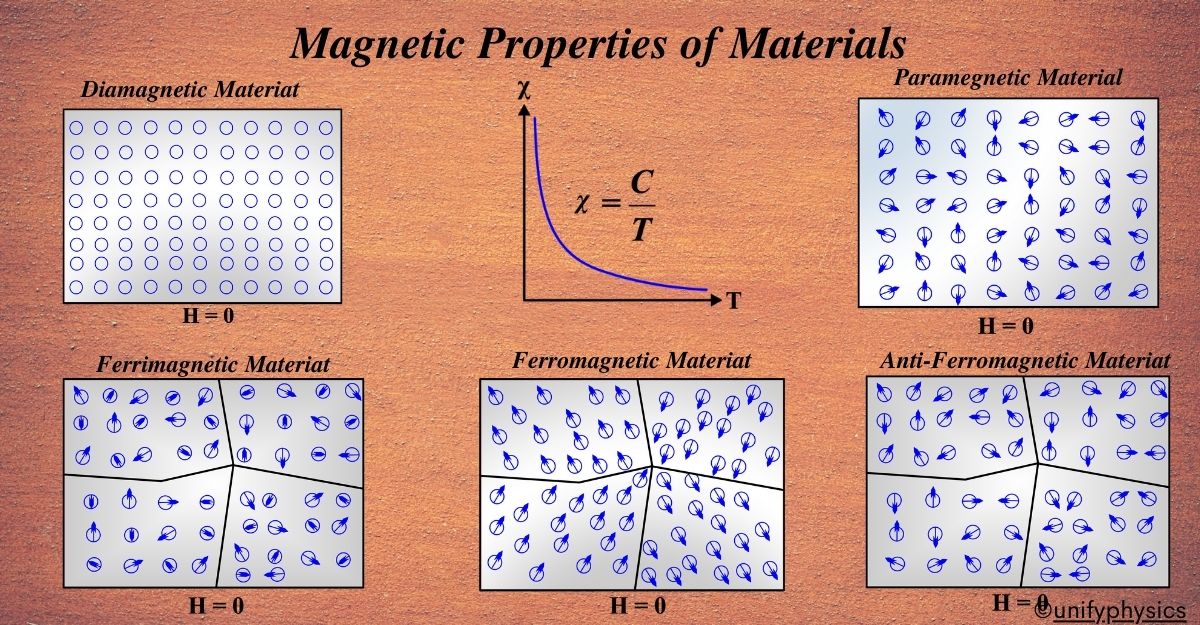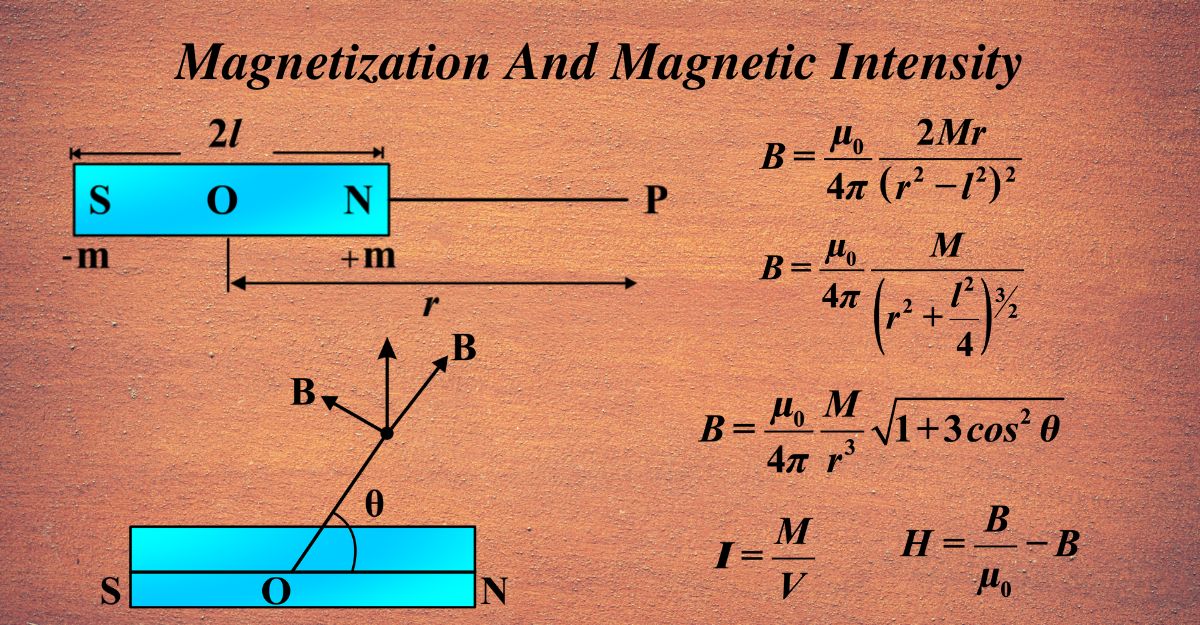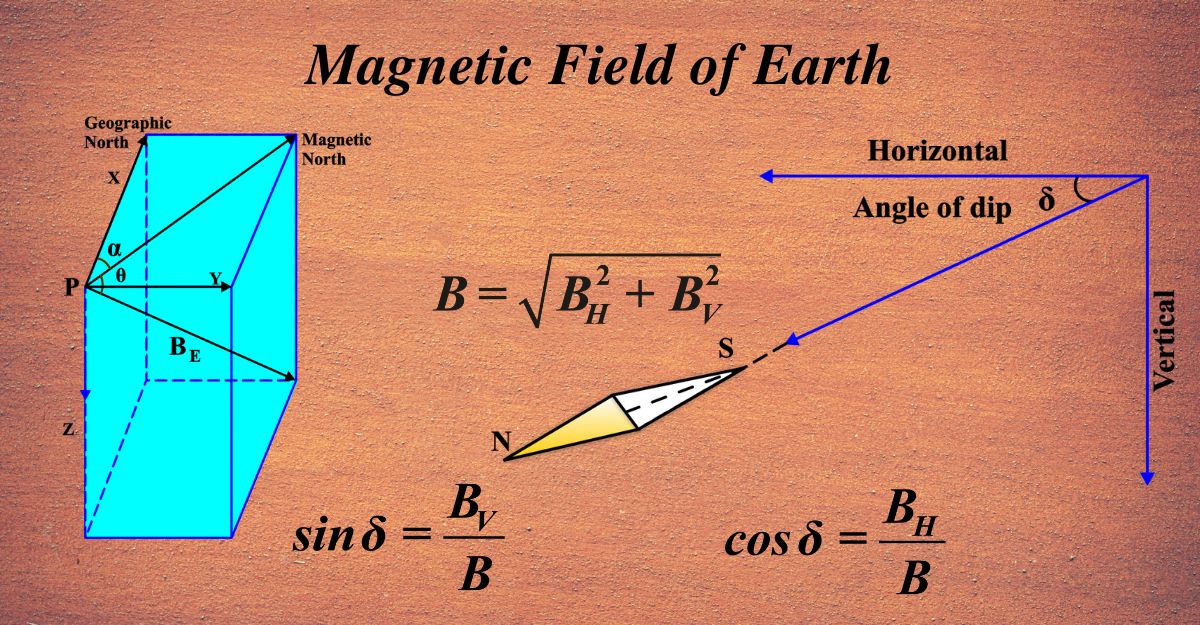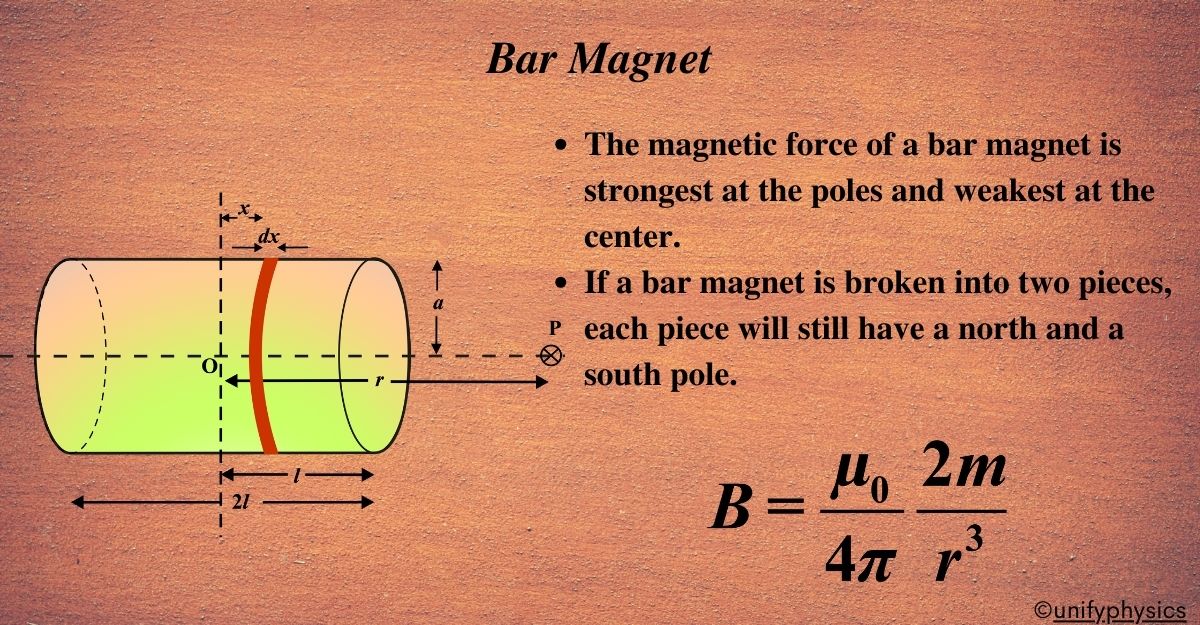Inductance
The story of inductance begins in the early 19th century with the observation of electromagnetic phenomena. Ancient civilizations were aware of static electricity and magnetism, but it was not until this period that the connection between electricity and magnetism began to be understood. In 1831, Michael Faraday, a British scientist, conducted a series of experiments … Read more
